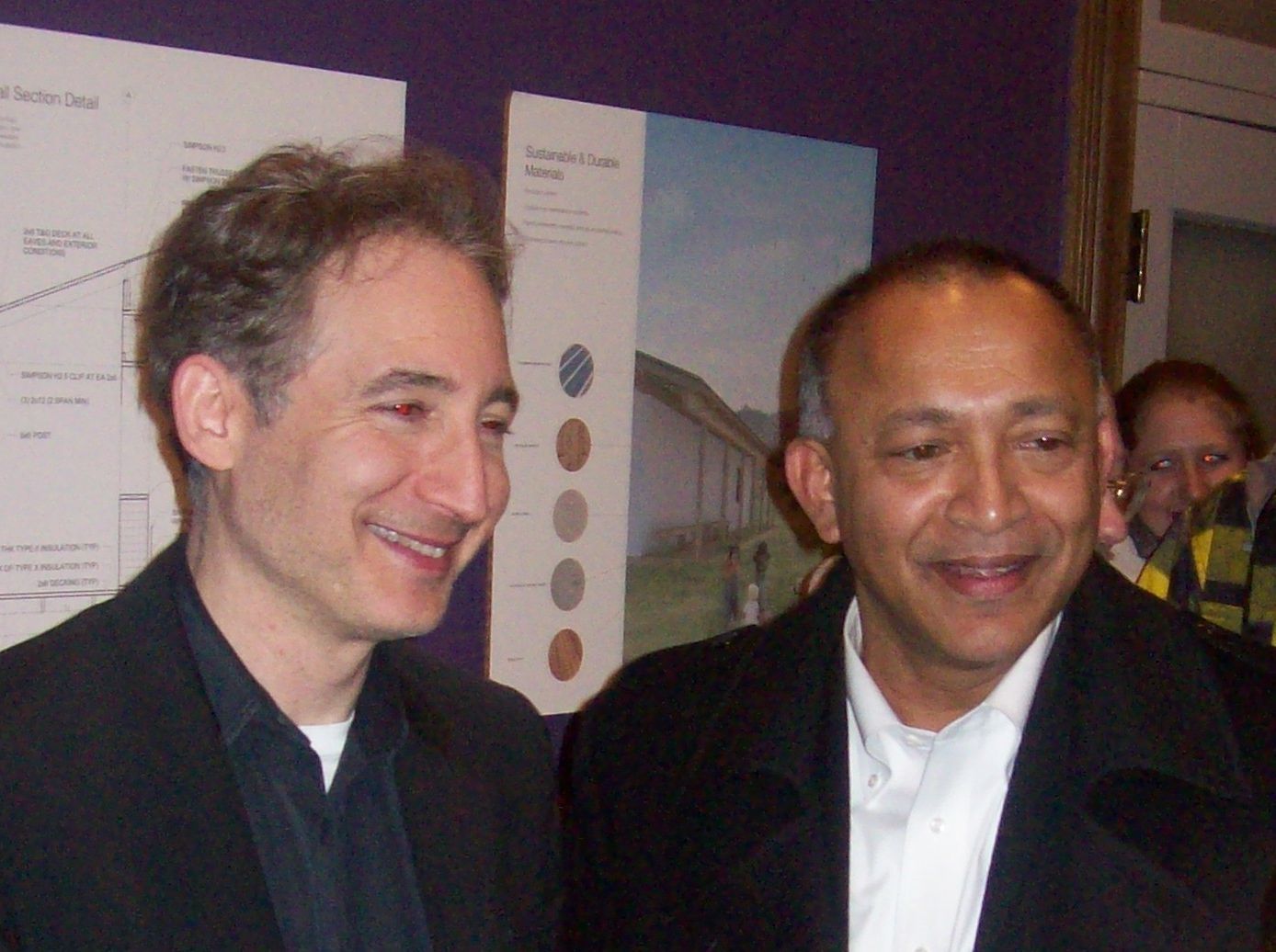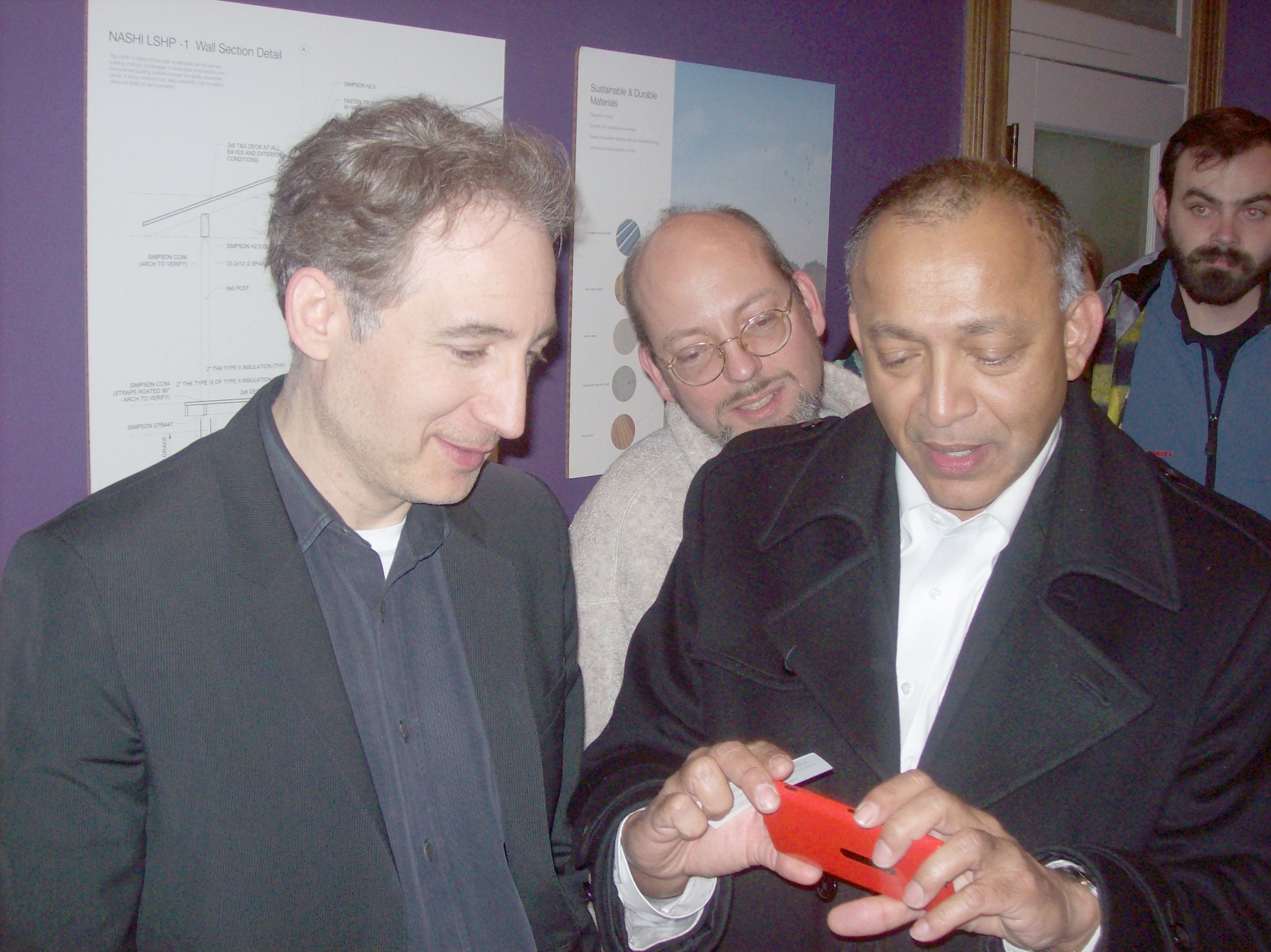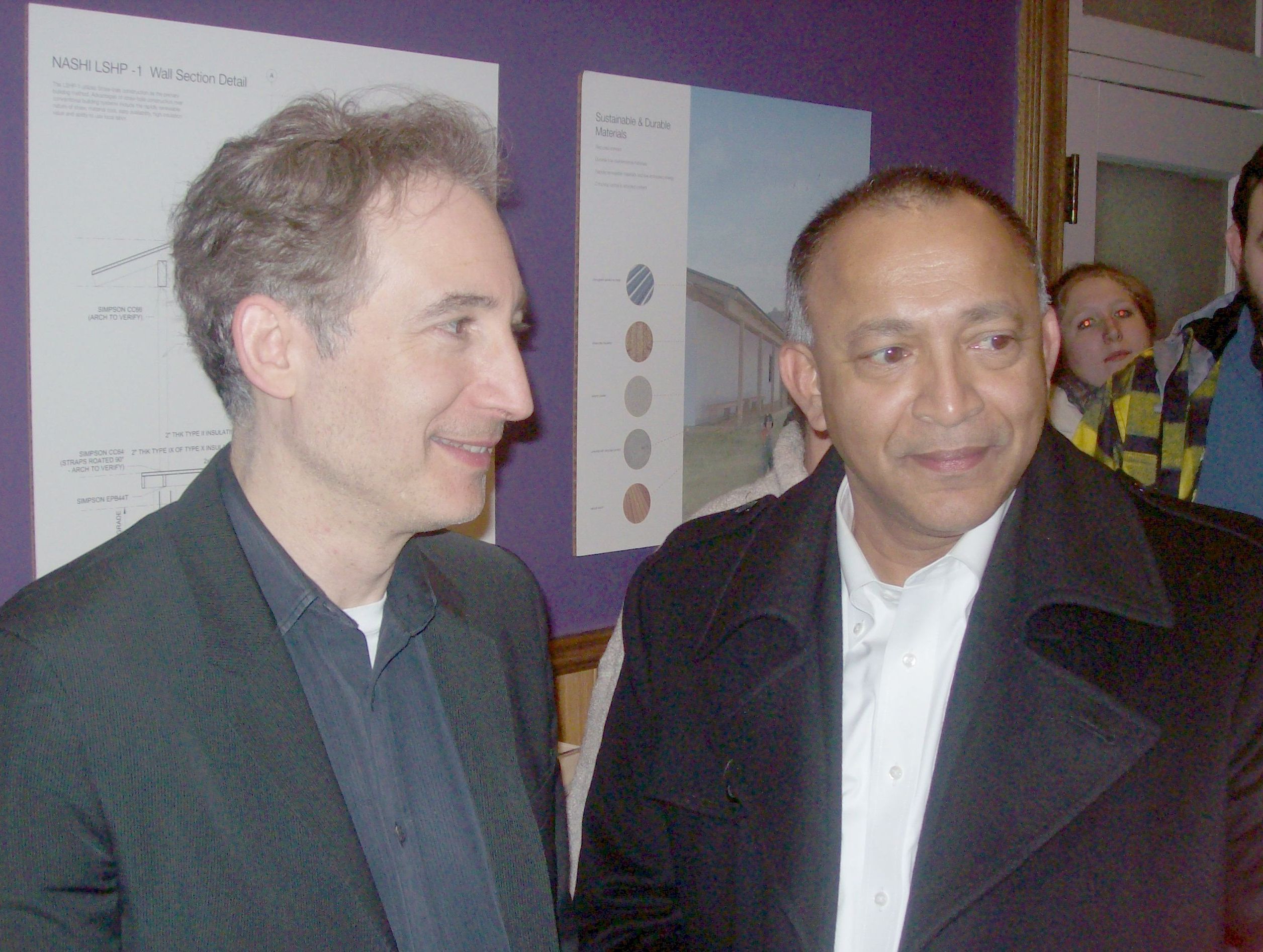Short Summary of a New Idea: Cryodynamics
Otto E. Rossler, Faculty of Science, University of Tubingen, Germany
Abstract
A brief history and description of cryodynamics is offered. While still in its infancy, it is already strong in basic findings and predictions. It is a classical science the quantum version of which still waits to be formulated. It is highly promising technologically. A new fundamental science is a rare event in history. The basic insight is to picture randomly moving hyperbolic tree trunks in Sinai’s “rolling tennis ball in an orchard game” (Harry Thomas’ term), but flipped upside down so that the trees are hollow funnels pointing downwards.
- — - -
Cryodynamics is a classical field which appears to be new. It is a sister discipline to thermodynamics and automatically has as many implications as the latter despite its belated discovery. So far but a few features have been elaborated. For example, its deterministic entropy function is identical to the Sackur-Tetrode equation as given by Diebner, but with inverted sign (“ectropy”). If confirmed it allows for a combined entropic and ectropic model of the universe. Then all direction-of-time bound models of the universe lose their validity. The problem of black hole recycling which poses itself in this case is still unsolved in spite of Hawking’s early stab.
Held against this big scenario, what is presently on hand is still limited. It is the discovery that if you subject a fast-moving low-energy classical particle to successive grazing-type encounters with attractive, rich-in-kinetic-energy particles, then the low-energy particle loses kinetic energy on average to the high-energy ones (“energetic capitalism”). This is very unexpected and paradoxical. Nevertheless the idea goes back to Zwicky in 1929 and Chandrasekhar in 1943, although it was not elaborated at the time.
The “miracle” is that if you invert the direction of time, the opposite behavior is implicit. All of the conceptual problems of thermodynamics are re-encountered. The second major feature is that the new phenomenon is numerically elusive for stiffness reasons. While the increasing disorder of entropy increase, valid in the repulsive case is a numerically stable feature in statistical thermodynamics, the decreasing order of ectropy increase, valid in the attractive case is not numerically stable. Very minor numerical deviations suffice to destroy the on-going decrease of entropy. This explains why in the thousands of multi-particle simulations done so far in galactic dynamics, to mention only this subcase, the phenomenon was never encountered numerically so far.
Another reason for the lack of resonance up until now is the fact that thermodynamics has always been understood as a statistical theory, with probability-theoretic axioms employed to describe it. While this is not false, it eschews the underlying deterministic, chaos-theoretic mechanism. The thereby incurred intrinsic inaccuracy did not cause much damage in thermodynamics so far, but cannot be transported over to cryodynamics. Cryodynamics does not emerge without prior acknowledgement of deterministic chaos as its root. (This new fact strongly constrains the accuracy of quantum mechanics — backwards in time — which is quite unexpected.)
Let me explain the simplest example which also worked numerically in the first two successful simulations so far. A fast-moving low-mass particle is subjected to encounters with a Newtonian potential trough into which it dips-in and then gets out again. If the trough is periodically or nonperiodically approaching and receding (modulated in its depth), a net effect results: a loss of energy of the traversing fast particle. If we invert time after a while, the exact opposite occurs up to the initial point, to from then on give way to the previous behavior, but now in the opposite direction of time.
The best way to understand all this is to invert the sign of the potentials. Then the opposite phenomenon, familiar from statistical thermodynamics, occurs: The periodically modulated trough is now replaced by a periodically modulated mound or tree. It is obvious that the recurrent unequal increases and decreases in the height of the hyperbolic mound amount to a qualitatively different effect in their sums.
To see this, think of a ball running frictionlessly through a forest of (at first fixed) trees with softly rising features. Then the ball will from time to time climb up a little and come down again – without losing or gaining in its net kinetic energy. Now let the trees be moving slowly at random (or periodically). Then the two cases – of the tree approaching the path of the up-climbing particle or receding from it – have different strengths (different mean heights). This explains dissipation. On inverting time after a while, the net gain becomes a net loss for the moving particle — until the initial condition is re-arrived at. Then the gaining streak sets in again, now in the new direction of time.
When we leave the repulsive case by inverting the tree stems into mirror-symmetric troughs, then the opposite thing happens to a ball running on the surface of this inverted landscape. This is the new phenomenon of cryodynamics, proved to the mental eye.
After this geometric proof, the numerical challenge clearly is on – especially so after the successful two cases published by Klaus Sonnleitner and Ramis Movassagh, respectively. The new science is waiting to be put on a broader computational basis.
Why is this important? The new cosmology that is implied clearly is not a sufficient motivation, given the fact that most everyone is happy with the old paradigm. So all that remains as a convincing reason for further research is an economically challenging application.
Such an application could be provided by the ITER, a hot-fusion reactor based on the Tokamak design: a torus-shaped, millions-of-degrees hot plasma that is magnetically confined in a metal ring. The plasma must not touch the (necessarily much colder) confining walls. This design is intrinsically unstable dynamically: The plasma tends to break out from the toroidal magnetic confinement to suddenly touch the wall somewhere to let the overall temperature collapse. No working prototype exists for decades. The current hope that following another quarter of a century, the machine will work, is being upheld with many billions of euros already sunk-in. Here, cryodynamics can be of help in principle. The paradoxical option: apply a heat bath of even hotter attractive particles at the location of the budding instability. Then these hotter attractive particles – like the inverted tree trunks – will cool the too hot nucleons, thus curbing the budding local protrusion.
“Cooling by hotter attractive particles” is the essence of cryodynamics. The hotter particles could be electrons shot-in concentrically into the budding hot spot. This is no problem in principle since even very much hotter electrons are easy to generate in small, dirigible-beam accelerators.
The idea was published under the title “Is hot fusion made feasible by the discovery of Cryodynamics?” in Advances in Intelligent Systems and Computing, Volume 192, pp. 1–4, Springer-Verlag 2013. It can still be patented since no design details were mentioned. This is a very lucrative technological proposal. No country or nation is interested so far nor are the oil companies.
Acknowledgments
Thank you that I was allowed to tell you the whole story in as brief a form as I could. I thank Dan Stein, Eric Klien, Christophe Letellier, Nico Heller, Heinz Clement and Jozsef Fortagh for discussions. Paper presented at the “CQ Colloquium” of the University of Tubingen on June 28, 2013. For J.O.R. (Submitted to Nature.)


